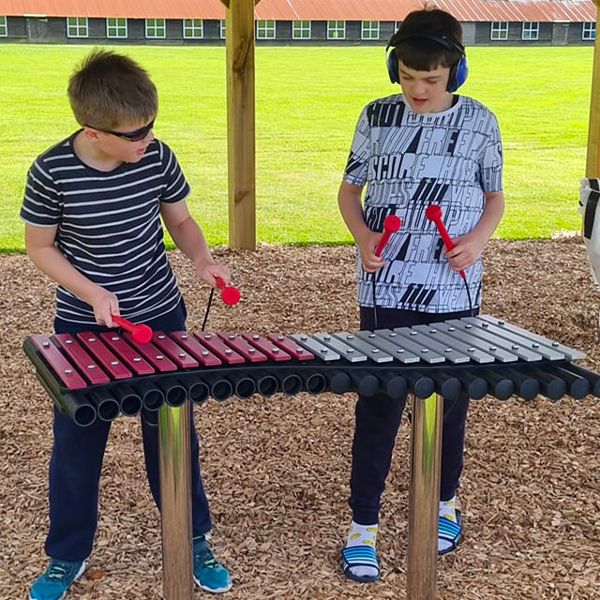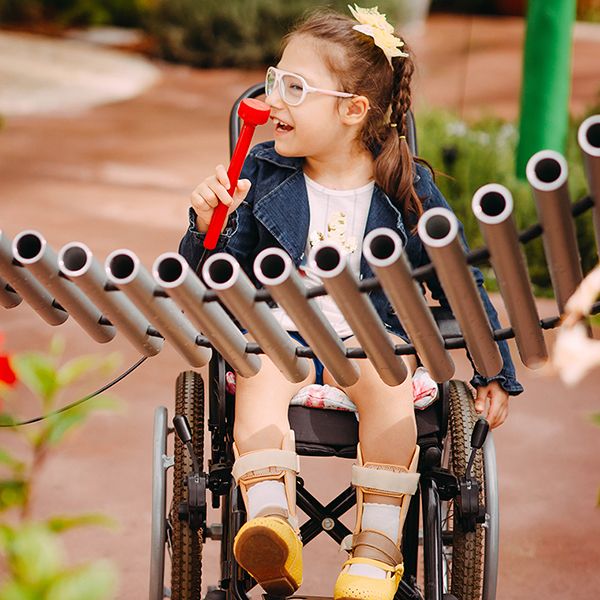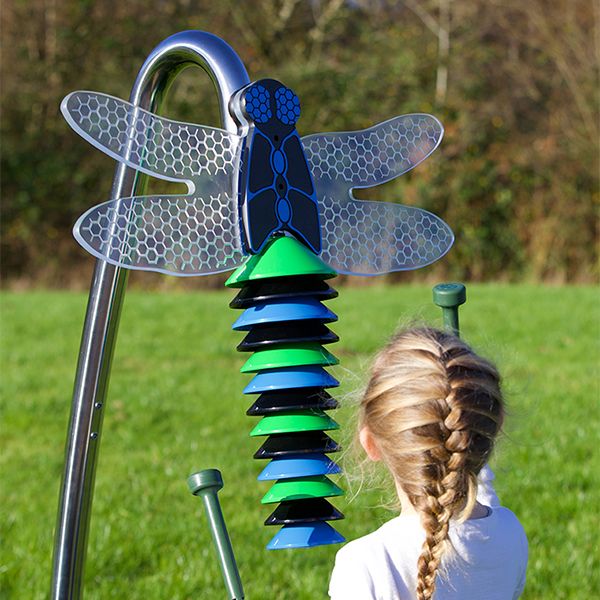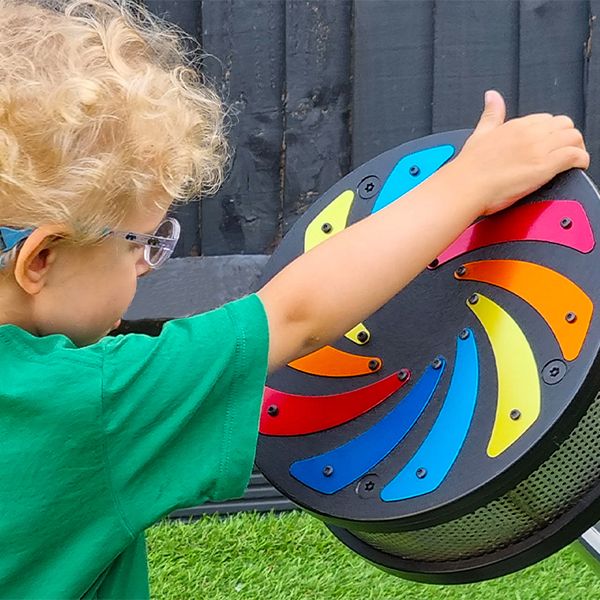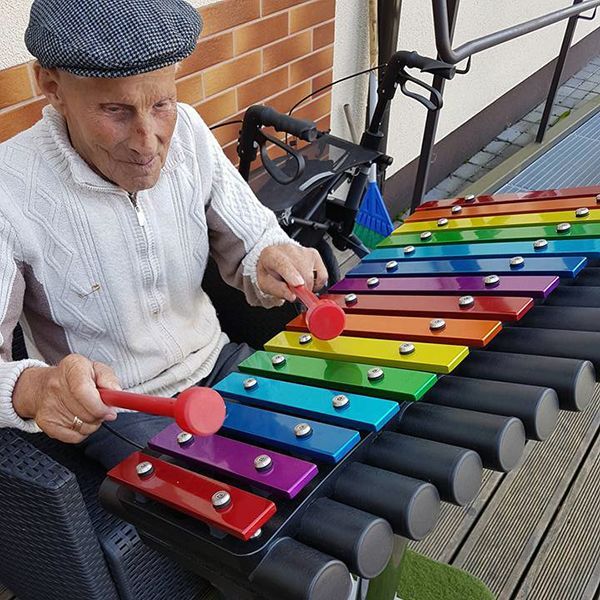"Outdoor Music Spaces for Inclusive Communities" is a compact catalog that explores how outdoor musical instruments from Percussion Play can foster inclusion, support physical and sensory development, and enhance communication and self-expression. Featuring insights into music therapy, autism support, and a real-world case study, it highlights the transformative role of music in creating accessible, joyful spaces for all
"Beating the Drum for Equality" is a white paper that explores how playing musical instruments—especially in outdoor settings—can significantly benefit individuals with developmental delays and learning differences. Drawing on growing research, it highlights music’s role in enhancing sensory processing, communication, and emotional well-being.
In this episode, we explore how music therapy can support neurodiverse individuals and the unique benefits of making music in outdoor environments. Renowned music therapist Dr. Alan Turry shares expert insights into the therapeutic power of rhythm and melody, while we also hear from a community that has embraced outdoor musical instruments as a meaningful tool for connection, expression, and healing.
How do outdoor musical instruments make music accessible for people of all abilities, including those who may find traditional instruments challenging?
Percussion Play instruments are designed to be intuitive and accessible, requiring no prior musical training. Many are pentatonically tuned, meaning every note sounds harmonious with the others—there are no wrong notes. This makes music-making joyful and stress-free for everyone, from complete beginners to seasoned musicians.
While some individuals with disabilities can master traditional instruments, many face barriers due to physical, cognitive, or sensory challenges. Outdoor musical instruments help bridge that gap by offering a more inclusive and adaptable way to engage with music. They empower individuals of all abilities to express themselves, connect with others, and experience the therapeutic benefits of rhythm and sound—without the need for formal instruction or fine motor precision.
How can schools and specialized learning environments use outdoor musical instruments to support academic development?
Used in sensory circuits, therapy sessions, or for free play, by engaging multiple senses, these instruments help create inclusive, stimulating environments where students of all abilities can access learning in a hands-on, meaningful way.
What are the benefits of using outdoor musical instruments in therapeutic settings?
Outdoor musical instruments are highly effective in therapeutic settings, particularly when used by music therapists working with people with disabilities. These instruments provide a non-verbal, multisensory way to engage children in meaningful interaction. A music therapist might use them to encourage communication, especially for children who are non-verbal or have limited speech, allowing them to express themselves through rhythm and sound. They can also support the development of motor skills, as playing instruments involves coordinated movement that can be tailored to each child’s physical abilities. For children with sensory processing challenges, the instruments offer a way to regulate sensory input—either calming or stimulating—depending on the therapeutic goal. In group settings, they help foster social interaction, encouraging turn-taking, listening, and shared experiences. Most importantly, because the instruments are designed to be accessible and harmonious, they create a safe, pressure-free environment where children can build confidence, explore creativity, and experience success through music.
How do outdoor musical instruments support social inclusion?
Music is a universal language that transcends age, ability, and background—making it a powerful tool for inclusion. Outdoor musical instruments naturally invite people to gather, explore, and create together, regardless of their musical experience or communication style. In shared spaces like parks, schools, and community centres, these instruments encourage spontaneous collaboration and joyful interaction, helping to break down social barriers and foster a sense of connection.
For individuals who may struggle with verbal communication or social confidence, music offers an alternative way to express themselves and engage with others. The accessible design of the instruments ensures that everyone—from wheelchair users to neurodiverse individuals—can participate equally, promoting a sense of belonging and mutual respect. Whether it’s a group of children creating rhythms together or strangers bonding over a shared melody, outdoor music-making helps build inclusive communities where everyone feels seen, heard, and valued.
